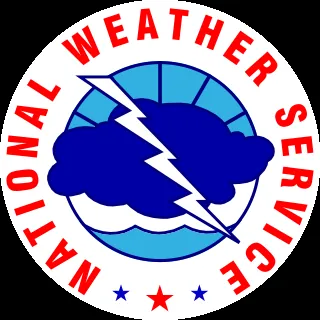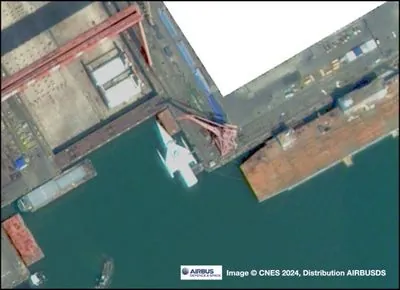National Weather Service
The National Weather Service (NWS) is an agency of the United States federal government that is tasked with providing weather forecasts, warnings of hazardous weather, and other weather-related products to organizations and the public for the purposes of protection, safety, and general information. It is a part of the National Oceanic and Atmospheric Administration (NOAA) branch of the Department of Commerce, and is headquartered in Silver Spring, Maryland, within the Washington metropolitan area. The agency was known as the United States Weather Bureau from 1890 until it adopted its current name in 1970.

Some of the key events about National Weather Service
- 1870Established as a new weather forecasting division within the U.S. Army Signal Corps
- 1887Failed to predict the deadly "Schoolhouse Blizzard" in the Midwest, resulting in hundreds of deaths
- 1890Transferred to the Department of Agriculture, expanding its civilian weather services
- 1900Underestimated the severity of the Galveston hurricane, leading to inadequate warnings and massive loss of life
- 1935Introduced the first hurricane warning system for the Atlantic coast
- 1935Provided insufficient warning for the Labor Day Hurricane in the Florida Keys, resulting in over 400 deaths
- 1938Failed to accurately predict the path and intensity of the Great New England Hurricane, causing extensive damage and loss of life
- 1950Began using computers for weather forecasting, significantly improving accuracy
- 1960Launched the first weather satellite, TIROS-1, revolutionizing weather observation
- 1969Underestimated the strength of Hurricane Camille, leading to inadequate preparations and significant casualties
- 1970Implemented the first Doppler weather radar system for severe storm detection
- 1974Issued late warnings for the Super Outbreak of tornadoes, contributing to a high death toll
- 1987Faced criticism for inaccurate forecasts during the "Storm of the Century" in the United Kingdom
- 1988Introduced the Advanced Weather Interactive Processing System (AWIPS) for improved data analysis
- 1992Initially underestimated the strength of Hurricane Andrew, delaying evacuation orders in Florida
- 1994Launched the NEXRAD network of advanced Doppler radar systems across the United States
- 2005Underestimated the potential impact of Hurricane Katrina, contributing to inadequate preparations in New Orleans
- 2007Implemented the Storm Prediction Center's convective outlook system for severe weather forecasting
- 2012Faced controversy for discontinuing the use of the term "hurricane" in warnings for Superstorm Sandy, potentially downplaying its severity
- 2019Upgraded its Global Forecast System (GFS) model, enhancing long-range weather predictions
Disclaimer: This material is written based on information taken from open sources, including Wikipedia, news media, podcasts, and other public sources.





























